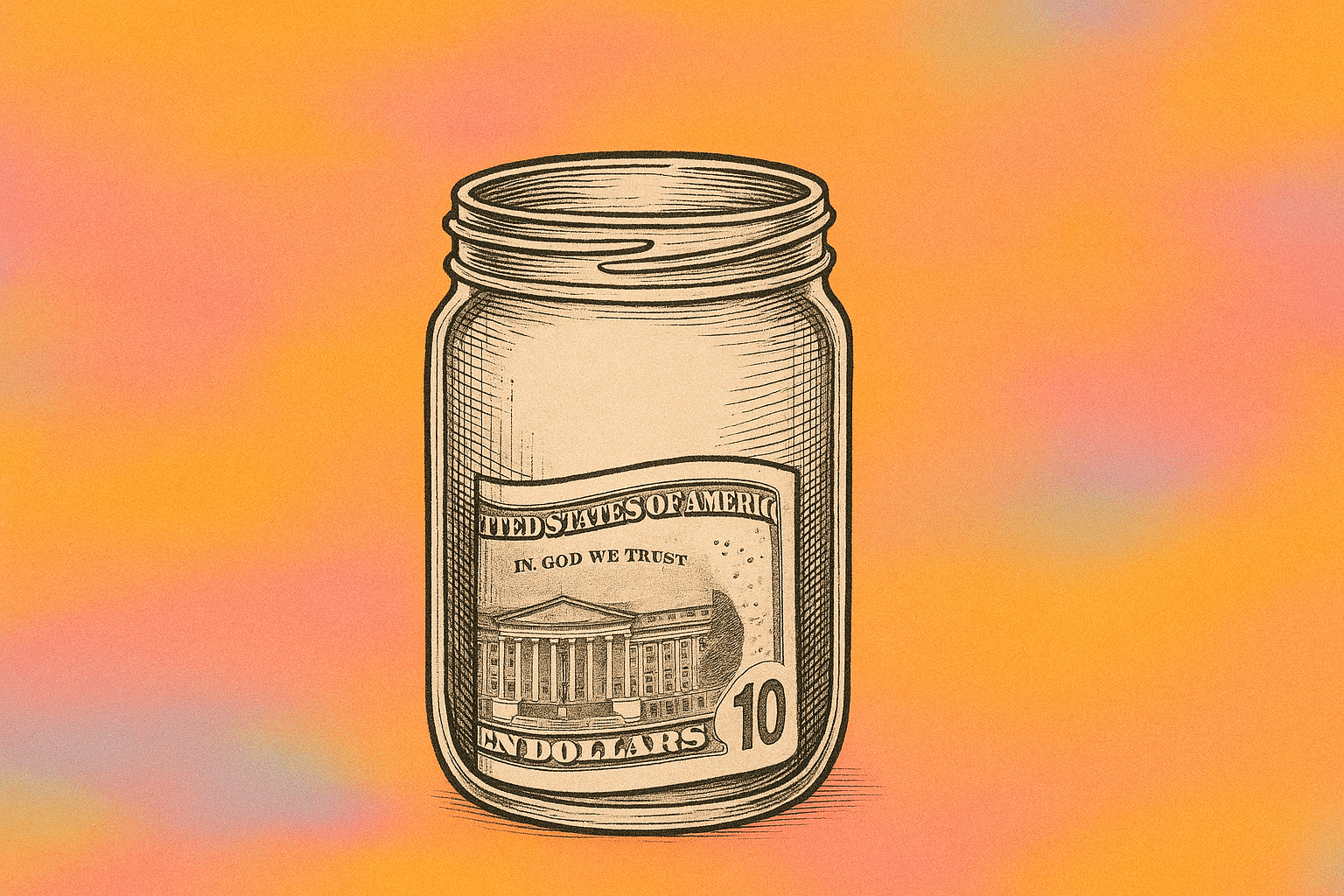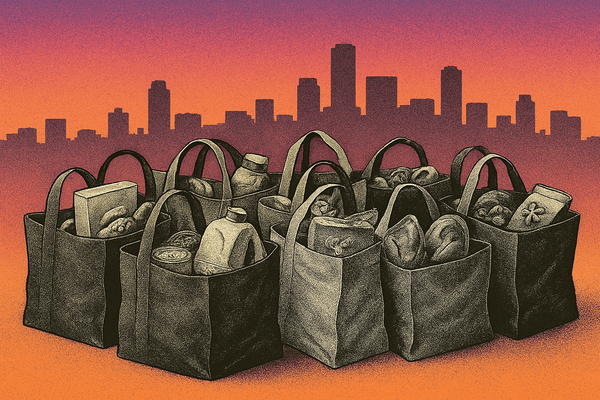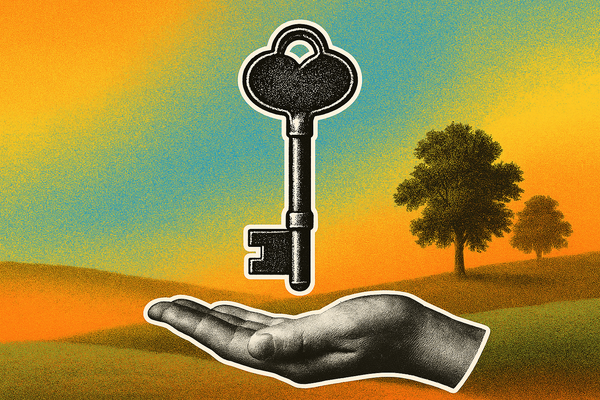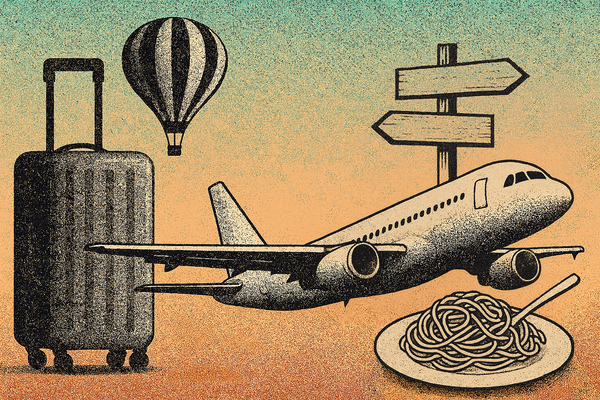Why Budget Culture Often Fails (and What to Do Instead)
We take a deep dive into budget culture, explaining what it is, the benefits and downsides, and provide an alternative, simpler model to understand your household finances.

Budgeting has become a kind of financial ritual. Open TikTok, Instagram, or your banking app, and you’ll see spreadsheets, envelope templates, transaction trackers, and plenty of rules about how to spend money the “right way.” The common thread: limits, restrictions, and guilt.
So, is that the end goal? If you're not budgeting, you're failing at money?
We'd like to propose a different approach. One that opens, rather than restricts, and one that can encourage freedom, rather than guilt.
What is Budget Culture?
Budget culture is a strict, category-by-category approach to viewing every transaction in relation to your income and spending. It treats control and restriction as the only path to financial health.
What Budget Culture Gets Right
At its best, budget culture nudges people toward intentional spending, making sure you understand what your money is doing. Tracking where dollars go can be illuminating, especially when lifestyle creep, subscriptions, or extra expenses sneak up on you. A budget, or even the idea of one, can be a grounding structure when thinking about your spending habits more broadly.
Done correctly, a simple budget or a better understanding of your spending can reduce stress and anxiety around money.
What Budget Culture Gets Wrong
Problems arise when budgets feel rigid, moralistic, or punitive. The type where if you don’t stick to it perfectly, you’re a failure.
The extreme version is the Dave Ramsey model: cut everything to the bone, eliminate credit, live on rice and beans until debts are gone. That approach can help in a crisis, but it’s not a sustainable way to live day-to-day. More often, it leads to shame, burnout, and missed opportunities.
It can also keep you from pursuing time-sensitive experiences. Backpacking Europe makes more sense in your 20s than your 50s. Strict budgeting rarely accounts for that.
How Many People Actually Budget?
Most people say they budget, but few stick with it and it rarely works.
In one U.S. survey, 74% of Americans reported having a budget. Yet only 32% said they regularly review it, and 84% admitted to overspending, often covering the gap with credit cards.
In Canada, it’s similar. A TD survey found that 61% of Canadians don't have a financial plan, and 70% don't use budgeting tools.
Why Budgeting Is Tedious, Ineffective, and Emphasizes the Wrong Goals
Budget culture focuses intensely on categories: $250 for groceries, $150 for restaurants, $80 for gas. Every time you overspend, you feel like you’ve failed. But life doesn’t fit neatly into boxes.
With inflation and rising costs, categories like groceries or housing can’t always be controlled. Some months rent or travel takes up more, other months it’s groceries or an unexpected repair.
That constant recalibration is exhausting and demoralizing. Worse, focusing on cutting small expenses misses the bigger picture. Your financial health isn’t about trimming $20 off your food bill. It’s about ensuring your overall lifestyle aligns with what you earn and that you feel comfortable and secure.
If Budget Culture Doesn't Work, What Should You Focus On Instead?
If budget culture boxes people in, the alternative should be something that opens things up. Instead of micromanaging every category, zoom out. The goal is to see the bigger picture and build confidence that your lifestyle fits within it.
We call this the Three Numbers Plan:
- Know your income. Understand how much money is coming in after taxes. Not just in theory, but what actually lands in your account each month.
- Know your fixed costs. Add up the big immovable pieces: housing, utilities, phone, insurance, groceries, transportation. These are the bills that come every month, whether you like it or not.
- Know your flexible spending. This is everything else: eating out, shopping, entertainment, and travel. You don’t need to track every receipt; just have a rough sense of what this usually looks like.
Finally, check the balance. If your fixed costs and flexible spending still leave room for saving, debt repayment, or whatever goals you care about, you’re in a healthy spot.
The point is not to police every coffee or punish yourself for overspending in one category. The point is to feel comfortable that your overall lifestyle is sustainable.
When you zoom out like this, money becomes less about restriction and more about alignment. You’re not budgeting to survive, you’re making sure your spending matches the life you want to live.
We'll dive deeper into what to do with that balance in another article!
Final Thoughts
Budget culture leans into rules, templates, and moral pressure. But real financial health is less about spreadsheets and more freedom. If you know your income, your broad expenses, and can live well within those means, you’re ahead.
The secret is to let budgeting be a tool, not a tyranny. Use what helps you reflect and align, and set aside what stops you from living. And if you're in your early 20s, go backpacking in Europe!✈️





